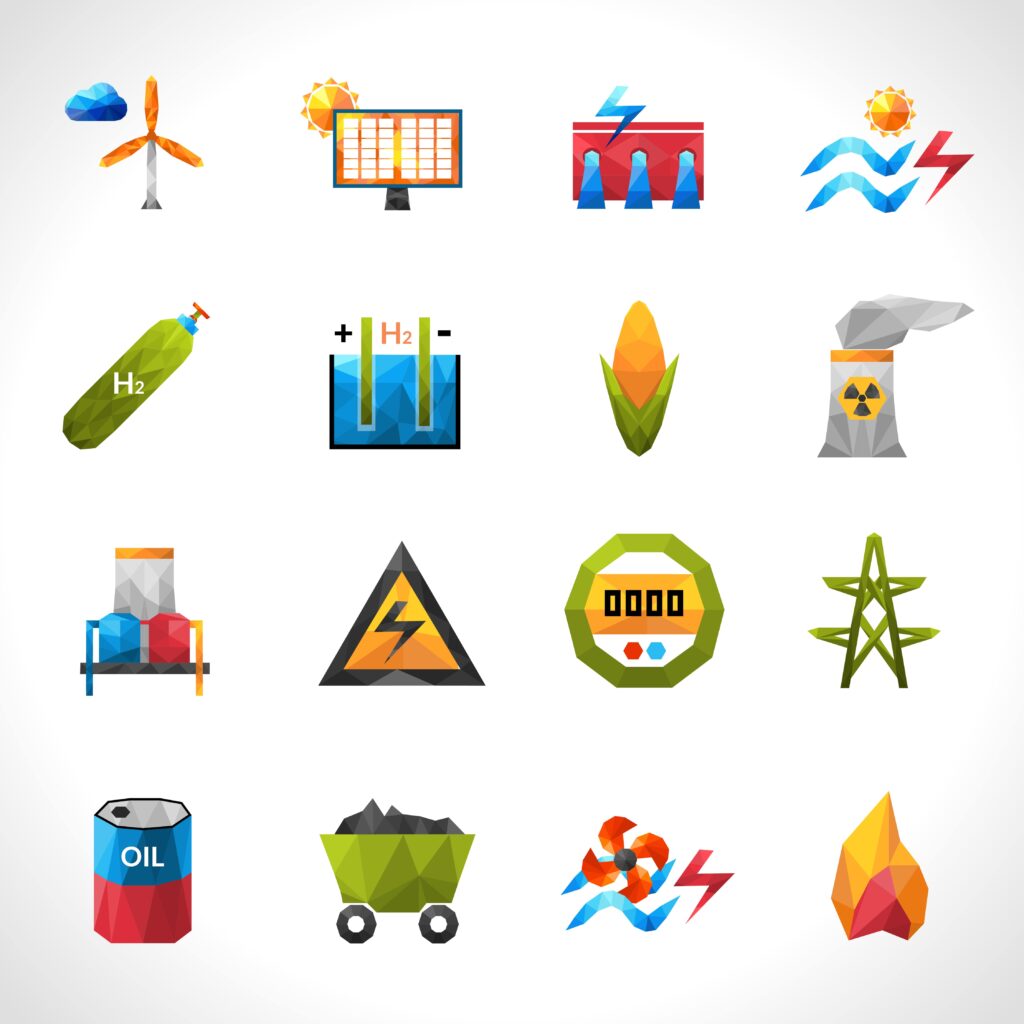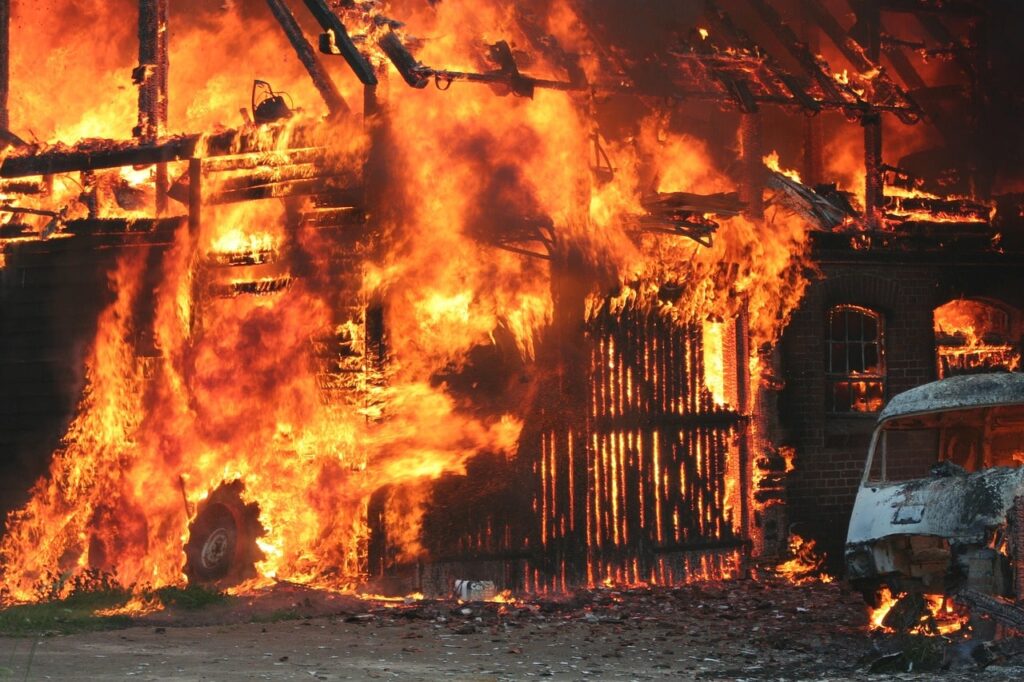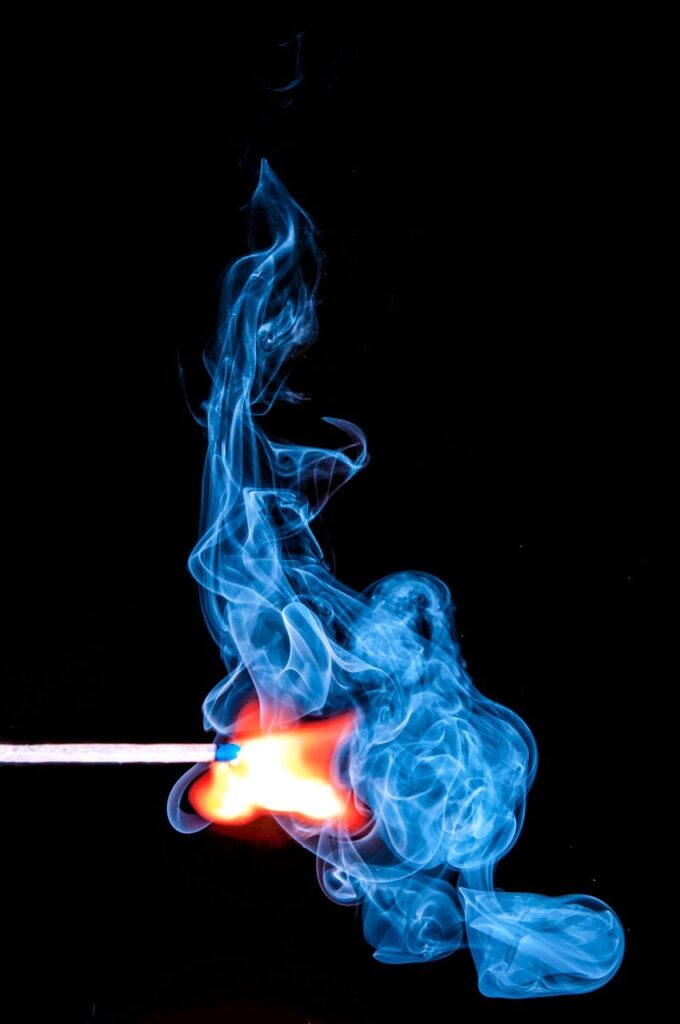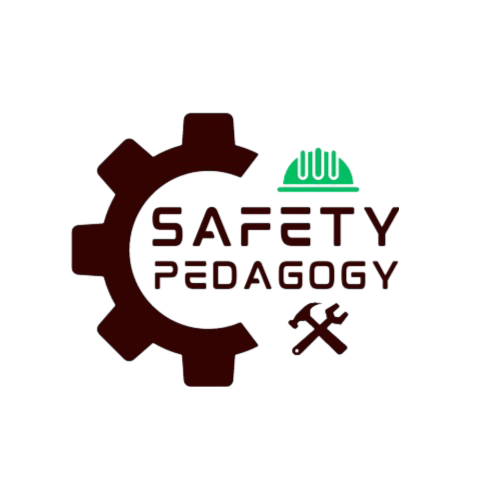Fire Triangle
Introduction
“Fire is an external sign of chemical reaction, generally the combustion of carbon or the combustion of hydrogen with oxygen, releases energy in the form of heat, light and sound.”
The Fire Triangle is a foundational concept in Safety Management, which represents the three basic elements required for a fire to ignite and sustain:
- Heat,
- Fuel &
- Oxygen.
Comprehension of this triangle is crucial for preventing and controlling fires.
1. Heat: Heat is the energy source required to raise the temperature of the fuel to its ignition point. In firefighting, removing heat is a primary method of extinguishing a fire typically achieved through cooling with water or the other agents.


2. Fuel: Fuel is any combustible material (i.e., solid, liquid or gas) that can be ignited when exposed to sufficient heat. Approach for fire prevention often focus on controlling or eliminating fuel sources to reduce fire risk, such as clearing flammable materials from fire site or ensuring proper storage of hazardous substances.
3. Oxygen: Fire needs an oxidizing agent, commonly oxygen in the air, to sustain combustion. By reducing oxygen levels, either through smothering techniques like using fire blankets or foam, fire can be extinguished.
In Fire & Safety Management, breaking any one side of aforesaid triangle is the key to extinguishing a fire. Above-mentioned is an integral to training programs, where personnel learn different ways/ techniques to remove one or more components, depending on the type of fire and available resources.
In addition, safety protocols are developed now a days to controlling these elements (i.e., heat, fuel & oxygen) to prevent fires and ensuring a safe environment in both industrial and residential areas.
Fire Tetrahedron or Fire Square
Fire Tetrahedron or Fire square is a fundamental concept in Fire Engineering & Safety Management. Fire Triangle, which includes 3 elements required for fire to ignite (i.e., heat, fuel & oxygen). The fire tetrahedron adds a fourth component (i.e., chemical chain reaction), it recognizes the ongoing process that sustains combustion once a fire ignites.
Understanding the Fire Tetrahedron is essential for effectively preventing and controlling fires. Each element plays a unique role:


1. Heat: The ignition supplies that boosts the temperature of the fuel to its ignition point.
2. Fuel: Any combustion material that can burn when disclosed to heat.
3. Oxygen: Ordinarily, the oxygen in the air (i.e., about 21 %) supports the combustion process.
4. Chemical Chain Reaction: Self-sustaining series of chemical reaction contribute directly to maintain the process.
Firefighting strategies often involves breaking of one or more sides of the tetrahedron. For instances, cooling the fuel with water removes heat, on the other segment smothering the fire with foam or CO2 displaces oxygen. Removing the fuel source or disrupting the chemical chain reaction, often with fire retardants, can also effectively extinguish a fire.

This concept highlights the significance of monitoring and controlling of these elements to prevent fire accidents / incidents, ensuring that ignition sources are minimized, fuel loads are controlled, and proper ventilation system are installed. Understanding the Fire Tetrahedron, is critical for both fire prevention and effective firefighting.

